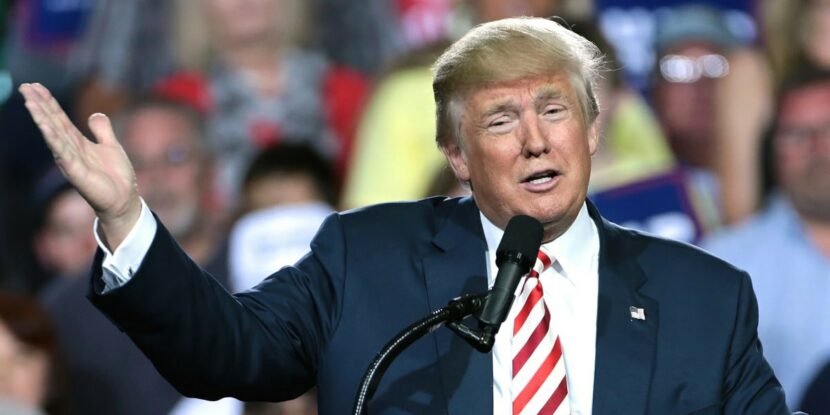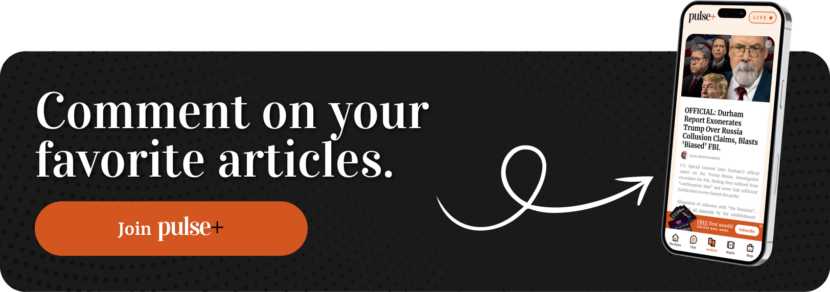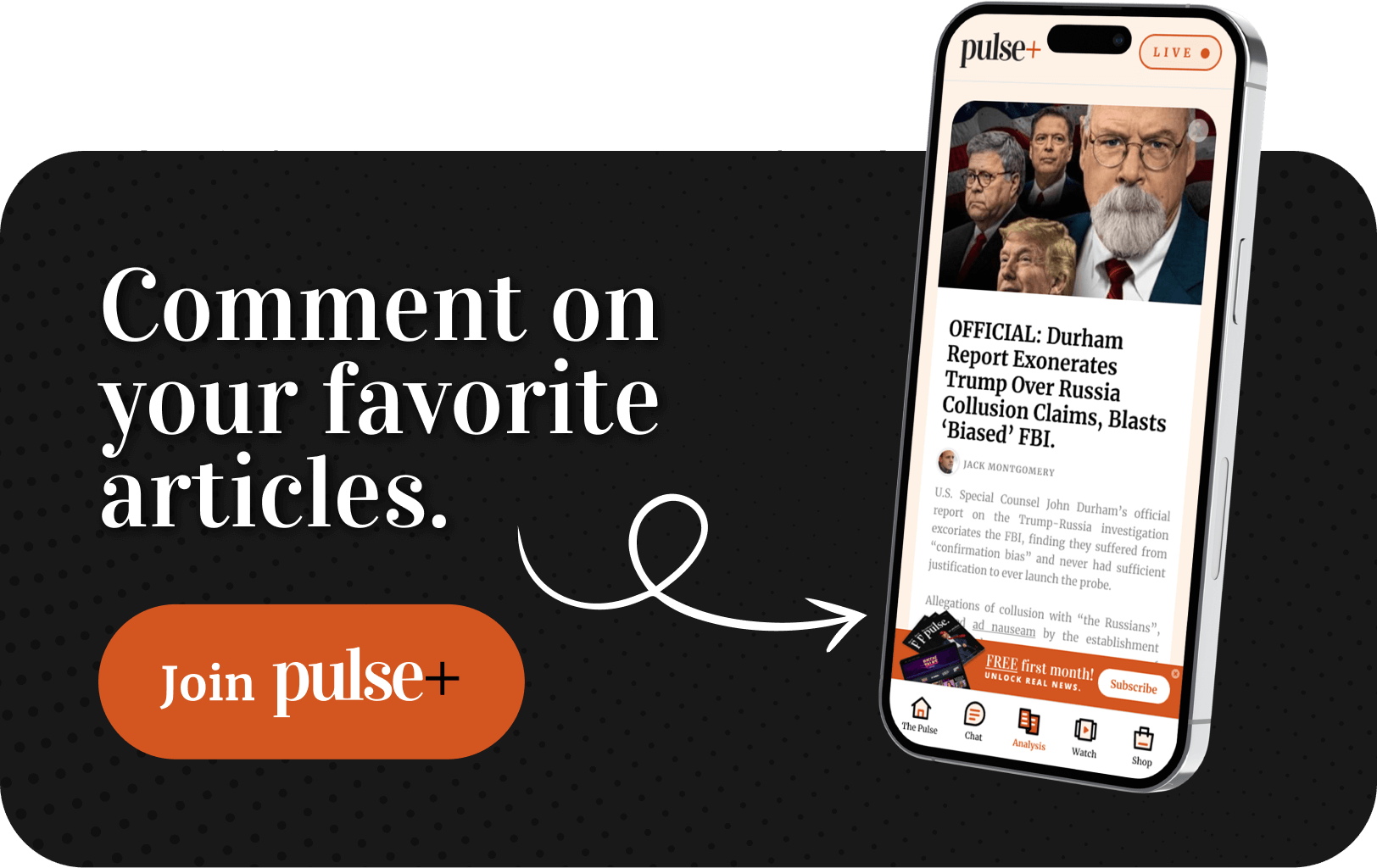According to a new Politico/Morning Consult poll, President Trump’s approval rating has dropped in the wake of the Charlottesville controversy and hit a new low during the first year of his presidency. Thirty-nine percent of voters approve of the President’s job performance, while 56 percent disapprove. Much of this can be attributed to a slight decline in approval from Republican voters, with just 73 percent of Republicans expressing approval, down from 81 percent a week earlier.
This dip should come as no surprise after the mainstream media spent more than a week spreading #FakeNews about President Trump’s reaction to Charlottesville. Many of these outlets and publications continue to falsely accuse the President of defending white supremacists and neo-nazis, despite the fact that he has repeatedly and specifically denounced these hateful ideologies by name.
However, the President isn’t the only one suffering from low approval ratings. Congress’ approval has also tanked in recent weeks, especially in the aftermath of the Senate’s failure to repeal and replace Obamacare. A Quinnipiac poll released earlier this month showed Congress is down to a 10 percent approval rating, with only 14 percent of Republican voters approving of the job Congress is doing.
So what the heck is going on here? Do these numbers spell doom for President Trump and the Republicans?
While low approval ratings aren’t “good” in any sense of the word, I’d advise those attempting to read the 2018 tea leaves to think twice before predicting a Democratic wave election.
First, as I’ve written about previously, the Democrats are victims of a bad map in 2018. The Senate is practically unwinnable, and there have been several warning signs suggesting that winning the House is going to be far more difficult than many Democrats might have hoped. I’d currently place the chances of a Democratic takeover of the House and Senate at 30 percent and 5 percent, respectively.
Second, low approval ratings didn’t exactly hurt Trump in 2016. According to a Morning Consult poll taken immediately before the election in 2016, Trump had a shockingly low 37 percent approval rating, with 61 percent of voters disapproving. (Compare that to GOP loser Mitt Romney’s +5 approval spread in RealClearPolitics’ final approval rating average the morning of the 2012 election.) Right now, President Trump’s approval rating is technically better than it was at the moment he won the 2016 election against Hillary Clinton.
Here’s the new reality of modern politics: approval ratings mean next to nothing when everyone generally disapproves of everyone. Poll after poll reveals that American voters are very unhappy with the entire system — Republicans, Democrats, corporate America, the media, and Washington D.C. as a whole. While popular dogma suggests there is a strong correlation between approval ratings and electoral success and, therefore, a candidate with weak approval ratings should be avoided, Trump changed the game. The world is truly upside down now.
We published piece after piece during the 2016 primaries, including an embarrassing one I wrote, trumpeting the importance of favorability and how this metric would bode well for candidates like Marco Rubio and Ben Carson. Trump consistently had terrible approval ratings from the start of the GOP primary up through the general election. And yet, he won, and then he won again.
But if you think about it critically, it makes a lot of sense. I don’t want to get the flu, and I don’t want to get cancer. You could say I disapprove of both. But, given the choice, I’m picking the flu every time. Many voters made a similar choice with Trump in 2016 when the other option was Hillary Clinton.
The media will continue to tout Trump’s declining approval numbers as if they are demonstrative of the decline of the Trump presidency, but the reality is that Trump is in the same shape he was in late 2016. Meanwhile, the Left is proving itself to be increasingly unhinged and unelectable with each passing week. In the proverbial race to the bottom, there’s no doubt liberals will find a way to get there first, and voters aren’t likely to reward that in 2018.
Photo credit: Gage Skidmore


